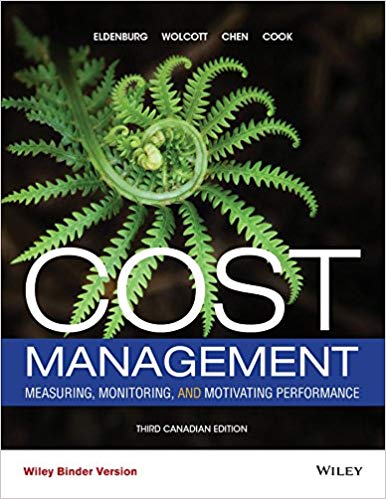For this assignment, you will conduct a gap analysis to determine available opportunities within a particular industry to gain competitive advantage in areas such as
For this assignment, you will conduct a gap analysis to determine available opportunities within a particular industry to gain competitive advantage in areas such as operational excellence, product development, and/or customer segmentation. Gaps in practice can come from multiple sources such as legal or regulatory concerns, disruptive technology, convergence of trends, entry of nontraditional competitors, customer or market shifts, and a pandemic such as Covid-19. You will choose among three different industry scenarios: the Internet of Things (IoT), 3D Printing (Additive Manufacturing), and Connected Autonomous Vehicles (Self-Driving Cars).
To determine the gaps in practice, you will research the current state of the industry and define a desired future state for the industry. Having identified the gaps in practice, you will articulate strategic decisions to be made within the industry. Sample areas of strategic decisions include operational excellence, customer intimacy, and product leadership. Examples of strategic decision options are existing products marketed historically, products marketed in new sectors, and new product development in new markets.
This assignment will help you become a consumer of data from multiple sources such as IBISWorld, a global industry database. Each IBISWorld Industry Research Report offers actionable insights, comprehensive data, and in-depth analysis.
To present your findings, you will create an executive brief in the form of a PowerPoint presentation for C-suite executives.
Preparation
Begin this assignment by ensuring that you have completed the assigned readings and reviewing the available information.
If you have not chosen one of the following scenarios to focus on for your executive brief, do so now:
- Internet of Things (IoT) for the Smart Home Appliance Industry [DOCX].
Disruptions to Supplier-Dominated Firms From 3D Printing and Additive Manufacturing [DOCX].
Connected Autonomous Vehicles Implications for the Automobile Insurance Industry [DOCX].
Instructions
Prepare the brief as a PowerPoint presentation using the Executive Brief Template [PPTX], including a title slide, slides as needed to accommodate Parts 1–4 of the executive brief and reflection, and a reference slide. All work should be cited and supported, including infographics. You have been provided an initial set of relevant assigned readings for each scenario; you are expected to provide additional industry research including sources from appropriate databases. Refer to the DB8415 Library Guide to learn more about using the Capella library. Complete the following, addressing all prompts:
- Part 1: Executive Summary. Present the key points of your findings from Parts 2 and 3 in no more than two slides.
- Part 2: Industry Context. Include research you conducted on the industry presented in your chosen scenario. What is the current industry state? Provide specific details on market size, growth rates, industry drivers (including technology), and industry trends. An infographic is required for this portion.
- Part 3: Industry Gaps in Practice Analysis. As you construct Part 2, identify industry challenges and gaps in practice. Some gaps in practice have already been provided in the scenarios to provide a starting point. For Part 3, address three gaps in industry practices, prepare an infographic, and include the table provided in the Executive Brief Template, completing the following for each gap:
- Current State of Practice. From the scenario and your independent research, what is the current state of practice? How does it work today? Identify the library databases you used to support your independent research. Why are these databases appropriate?
- Desired State of Practice. Based upon your independent research, what is the targeted or desired state of practice?
- Industry Gap in Practice. Specifically define the gap in practice with supporting evidence. What do industry participants need to address? What is causing the gap? What is the disruption?
- Strategic Decision to Be Made. Using the categories of strategic decisions, identify and describe the types of decisions that must be made by industry leaders to address the gap, then select one strategic decision based upon two or more alternatives under consideration.
- Part 4: Reflection. From a practitioner perspective, how do you see the utility, value, and application of strategic decisions relating to gaps in practices? What did you learn from this assignment?
Reminder: Infographics are a requirement for Part 2, Industry Context and Part 3, Industry Gaps in Practice Analysis. Be sure to create infographics that illuminate the data and provide a clear overview of the topic.
Step by Step Solution
3.32 Rating (146 Votes )
There are 3 Steps involved in it
Step: 1

See step-by-step solutions with expert insights and AI powered tools for academic success
Step: 2

Step: 3

Document Format ( 1 attachment)
6363633635539_107086.docx
120 KBs Word File
Ace Your Homework with AI
Get the answers you need in no time with our AI-driven, step-by-step assistance
Get Started


